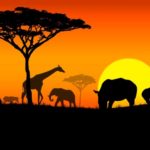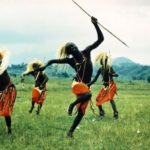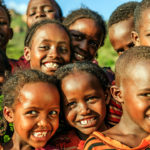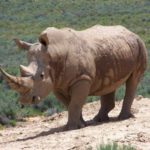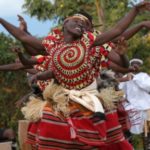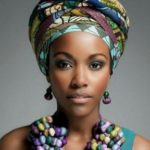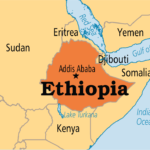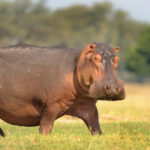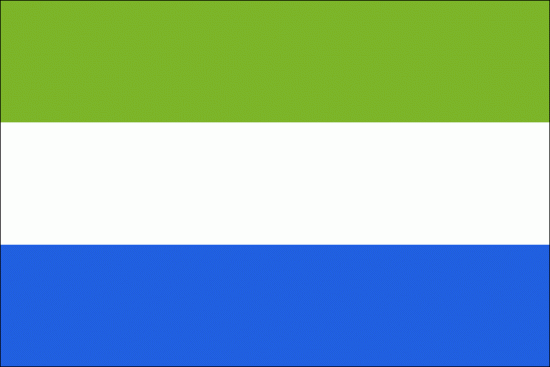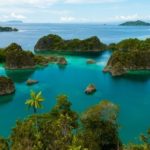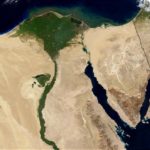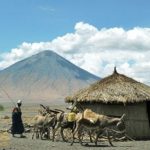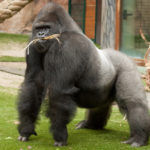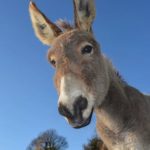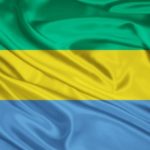Wild tribes of Africa
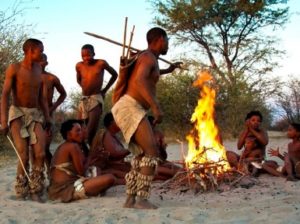 19The many-sided Africa, on a vast territory of which in 61 countries, in the secluded corners of this continent, more than 5 million people of almost still absolutely wild African tribes still live.Members of these tribes do not recognize the achievements of the civilized world and are content with the benefits that they inherited from their ancestors.
19The many-sided Africa, on a vast territory of which in 61 countries, in the secluded corners of this continent, more than 5 million people of almost still absolutely wild African tribes still live.Members of these tribes do not recognize the achievements of the civilized world and are content with the benefits that they inherited from their ancestors.
Poor huts, modest food and a minimum of clothing suit them, and they are not going to change this way.
There are about 3 thousand different tribes and nationalities in Africa, but their exact number is difficult to name, since most often they are either densely mixed together, or vice versa, radically divided. The population of some tribes is only a few thousand or even hundreds of people, and often only 1-2 villages inhabit. Because of this, there are dialects and dialects on the territory of the African continent, which sometimes only representatives of a particular tribe can understand. And the variety of rituals, cultural systems, dances, customs and sacrifices is huge and amazing. In addition, the appearance of the people of some tribes is simply amazing.
However, since they all live on the same continent, all African tribes still have something in common. Some elements of culture are characteristic of all nationalities living in this territory. One of the main defining features of African tribes is orientation to the past, that is, the cultivation of the culture and life of their ancestors.
Most African peoples deny everything new and modern, locked in themselves. Most of all they are tied to constancy and immutability, including in everything related to everyday life, traditions and customs, leading their existence from great-grandfathers.
It is difficult to imagine, but among them there are practically no people who would not engage in subsistence farming or cattle breeding. Hunting, fishing or gathering are completely normal activities for them. Like many centuries ago, African tribes fight among themselves, marriages are most often concluded within the same tribe, tribal marriages are very rare among them. Of course, more than one generation leads such a life; each new child will have to live the same fate from birth.
Tribes differ from each other in their own, unique to them system of life, customs and rituals, beliefs and prohibitions. Most tribes invent their own fashion, often stunningly vibrant, whose originality is often simply amazing.
Of the most famous and numerous today, we can consider the tribes: Masai, Bantu, Zulus, Samburu and Bushmen.
Masai
One of the most famous African tribes. They live in Kenya and Tanzania. The number of representatives reaches 100 thousand people. Most often, they can be found on the slope of Mount Kilimanjaro, which occupies a prominent place in the mythology of the Masai. Maybe the size of this mountain influenced the worldview of the tribe members – they consider themselves to be the favorites of the gods, the highest people and sincerely believe that they will not be more beautiful than people in Africa.
Such an opinion of themselves gave rise to a contemptuous, often even derogatory attitude towards other tribes, which caused frequent wars between the tribes. In addition, in the custom of the Masai to steal animals from other tribes, which also does not improve their reputation.
The Maasai dwelling is built from branches coated with manure. This is mainly done by women, who also, as necessary, assume the duties of pack animals. The main share of nutrition is milk or blood of animals, less often – meat. Distinctive feature of beauty in this tribe are elongated earlobes. Currently, the tribe is almost completely exterminated or dispersed, only in the remote corners of the country, in Tanzania, there are still some individual Masai nomadic preserved.
Bantu
The Bantu tribe lives in Central, South and East Africa. In truth, the Bantu is not even a tribe, but an entire nation, which includes many nations, for example, Rwanda, Shono, Conga and others. They all have similar languages and customs, which is why they were united into one large tribe. Most Bantu people speak two or more languages, the most commonly used of which is Swahili. The number of members of the Bantu people reaches 200 million. According to scientific researchers, it was Bantu, along with the Bushmen and Hottentots, who became the progenitors of the South African color race.
Bantu have a peculiar appearance. They have very dark skin and an amazing hair structure – each hair is spiral-shaped. Broad and nasal wings, a low nose bridge and tall stature – often taller than 180 cm – are also hallmarks of Bantu people. Unlike the Maasai, Bantu do not play a civilization and willingly invite tourists to study tours of their villages.
Like any African tribe, religion occupies the main part of Bantu life, namely animistic beliefs traditional for Africa, as well as Islam and Christianity. The Bantu dwelling resembles the Masai house – the same round shape, with a frame of branches coated with clay. True, in some
